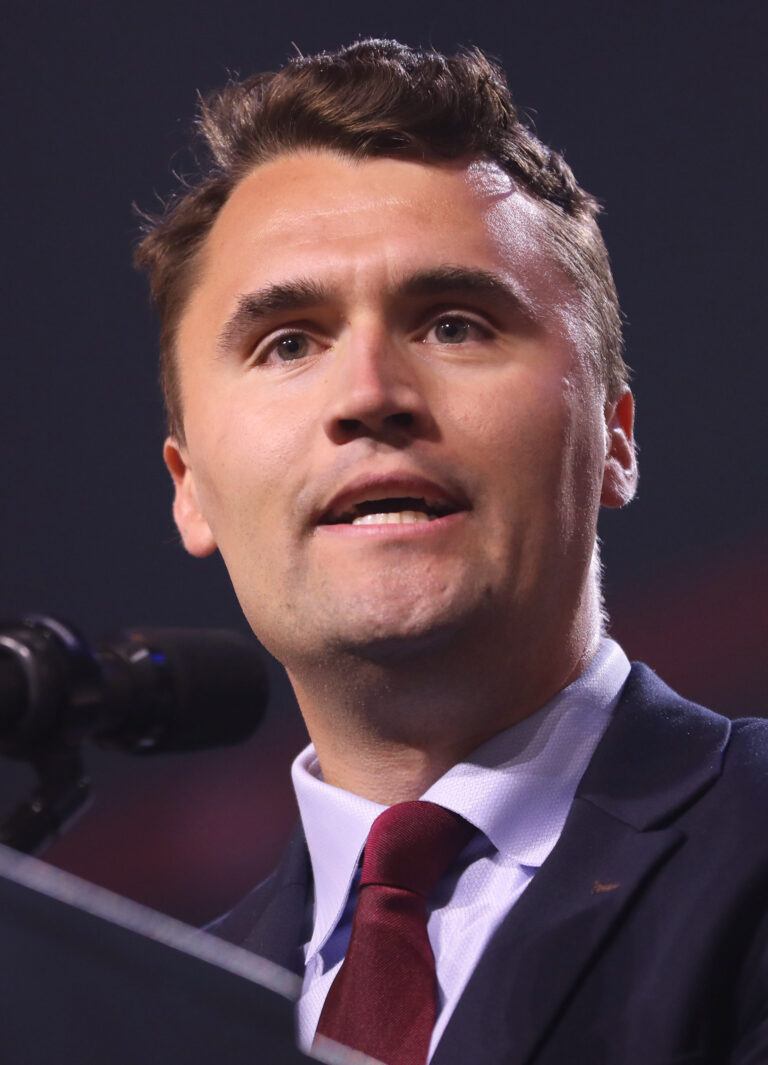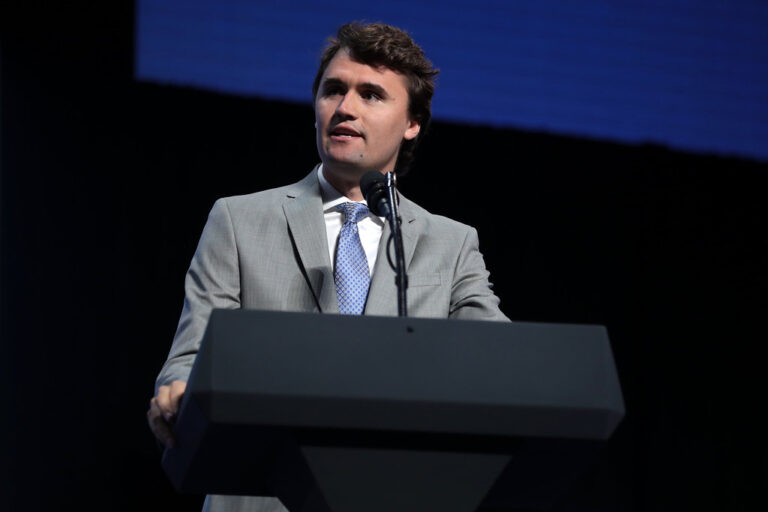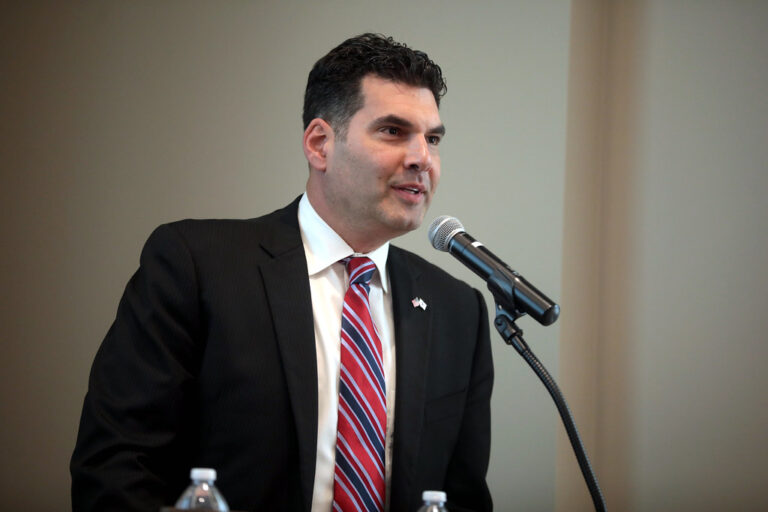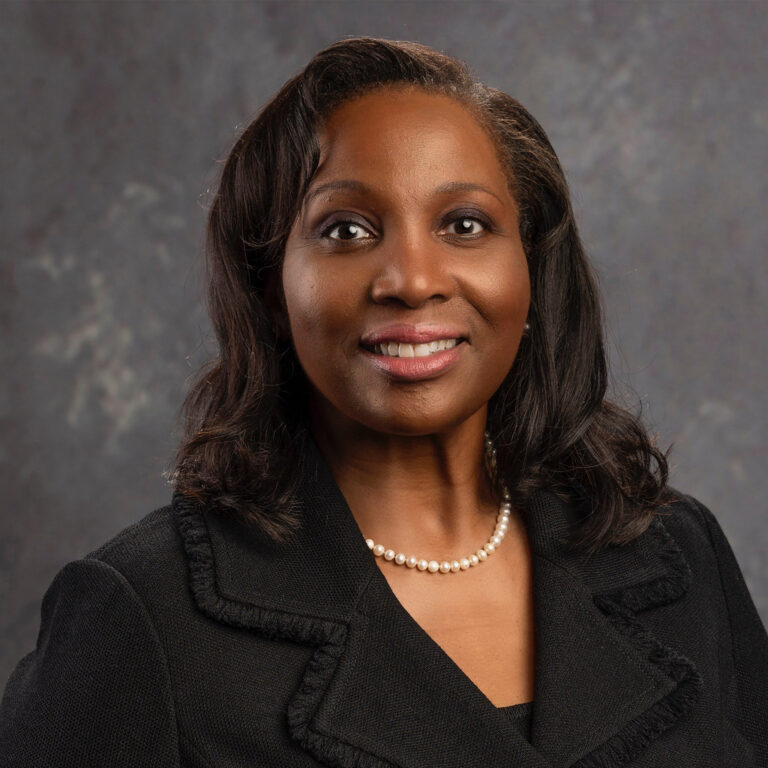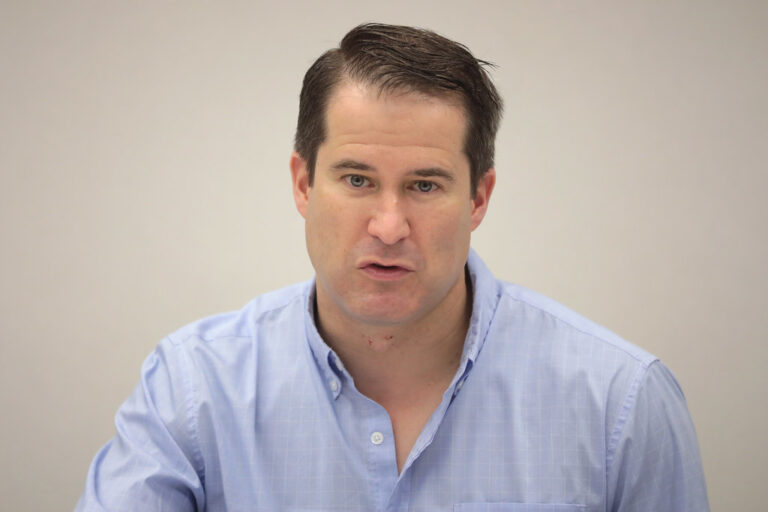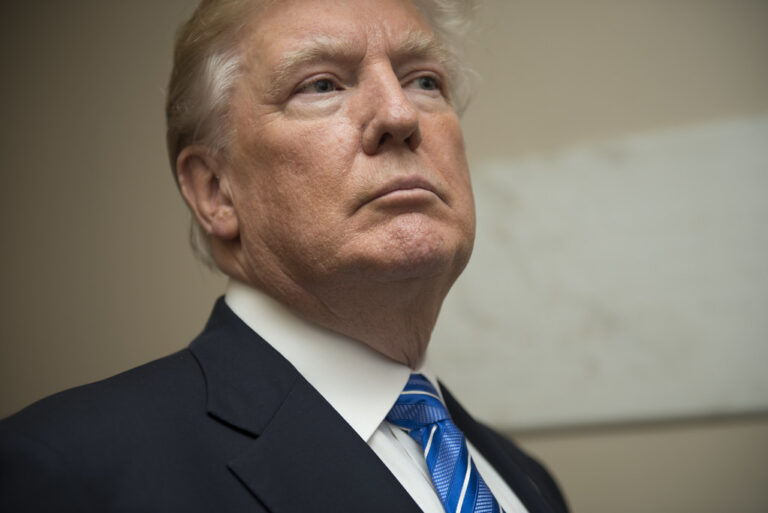Key Takeaways:
- Tyler Robinson, 22, has been arrested in the fatal shooting of conservative activist Charlie Kirk.
- The incident caused a nationwide manhunt before authorities captured the suspect.
- Charlie Kirk, age 31, was shot and killed on Wednesday.
- The shooting stunned political supporters and sparked debates about political violence.
Charlie Kirk Shooting Shocks the Nation
The sudden death of Charlie Kirk has left many Americans heartbroken and confused. Authorities have named 22-year-old Tyler Robinson as the man responsible for the shocking attack. After a tense search across the country, police finally caught Robinson and confirmed he is now in custody.
The shooting happened on a quiet Wednesday, shaking the political world and pulling national attention. Charlie Kirk, known for leading the political group Turning Point USA, was often in the spotlight for his conservative views. Now, his tragic death is at the center of national debate, as people ask: why was Charlie Kirk shot?
A Calm Day Turns Deadly
Friends say Kirk spent that day meeting supporters and preparing for an upcoming event. Around 4 p.m., he stepped outside a local community center, where he had just finished speaking to a small crowd. That’s when gunshots rang out.
Eyewitnesses say a man exited a dark-colored vehicle, approached Kirk, and fired multiple shots before fleeing the scene. People nearby tried to help, but Kirk died shortly after from his injuries. Emergency responders arrived quickly, but it was too late.
Surveillance footage helped confirm the identity of the suspect. Within hours, local police and federal agencies launched a manhunt. By Friday afternoon, they arrested Tyler Robinson without a struggle. Officials have not said where he was hiding, but they confirmed he had moved across state lines.
Who Is Tyler Robinson?
Tyler Robinson is 22 years old and has no official criminal record before this incident. Police say he lived in the same state as Kirk, but there’s no clear evidence the two knew each other. What investigators have learned is still building, but early reports reveal that Robinson may have followed Kirk online.
Some sources suggest Robinson had expressed anger toward political figures on social media. While not confirmed, detectives are investigating whether these online posts could explain his motive. Still, the big question remains: why was Charlie Kirk shot?
Political Temperature Reaches Breaking Point
Kirk’s death reopens conversations about political violence in America. In the past few years, political tensions have risen across the country. From heated protests to angry debates, people from both sides struggle to speak out without fear.
Kirk was known for his strong conservative opinions. He built a large following with Turning Point USA, often speaking at colleges and big political events. Supporters saw him as a voice for young conservatives. Others called him controversial and divisive.
Now, his death puts a spotlight on the dangers that outspoken political leaders can face in today’s world. Whether or not Robinson was driven by political hate, the fact that such violence took place has shocked citizens from every background.
A Legacy Interrupted
Charlie Kirk started his political career early. At just 18, he launched Turning Point USA, aiming to bring conservative values to American colleges. Kirk quickly became a regular guest on TV, giving talks and interviews across the country.
By age 31, he had turned his group into a national brand. From podcasts to rallies, Kirk had built a powerful platform. Whether people agreed or disagreed with his views, no one could deny his wide reach.
The news of his passing sent waves across social media. Political leaders, fans, and even critics shared their thoughts. Hashtags trended. Vigils were organized. Supporters pledged to continue his work in his memory.
Law Enforcement Faces Public Pressure
Right after the shooting, pressure grew on police to find and stop the suspect. With the public in shock and leaders demanding answers, agencies moved fast. Surveillance cameras, witness interviews, and phone data all helped piece together the suspect’s location.
Authorities confirmed Tyler Robinson as the shooter just one day after the crime. They stayed quiet on many details, likely to prevent the suspect from learning too much. Still, within two days, Robinson was in handcuffs.
He will now face trial, where both sides will explain their stories. For now, many people are simply asking the same thing: why was Charlie Kirk shot?
Court Case Coming Soon
Robinson is currently in custody and waiting for his first court appearance. Legal experts believe that prosecutors may pursue the highest charges possible, including first-degree murder. If found guilty, Robinson could face life in prison without the chance of parole.
His defense team has not made any public statements yet. It’s expected they will review his mental health history, online activity, and any other information that could explain his actions.
For now, the public waits for more information. Every new detail may bring us closer to understanding what led to this tragedy.
What Happens Next
The next few months will be filled with court hearings, investigations, and continued mourning. Supporters of Charlie Kirk will likely hold events to honor his work. Some leaders have already asked for better security at political events.
Meanwhile, Americans are left to process what happened. In a time when many are afraid to speak up, violence like this sends a chilling message.
The tragedy once again brings a serious question into focus: why was Charlie Kirk shot?
As this investigation continues and new facts come to light, we hope the truth will give peace to those affected and help prevent future violence.
FAQs
Who was Charlie Kirk?
Charlie Kirk was a 31-year-old conservative activist. He founded Turning Point USA, a group that promotes right-leaning ideas on college campuses.
Why was Charlie Kirk shot?
The exact reason for the shooting is still being investigated. Authorities have not confirmed a motive yet. Early signs suggest that politics may have played a role.
Who is Tyler Robinson?
Tyler Robinson is a 22-year-old man accused of shooting Charlie Kirk. He was arrested after a nationwide search and is now in custody.
What will happen to the suspect?
Tyler Robinson will stand on trial for the murder of Charlie Kirk. He could face life in prison if convicted. More details will come out during court proceedings.


